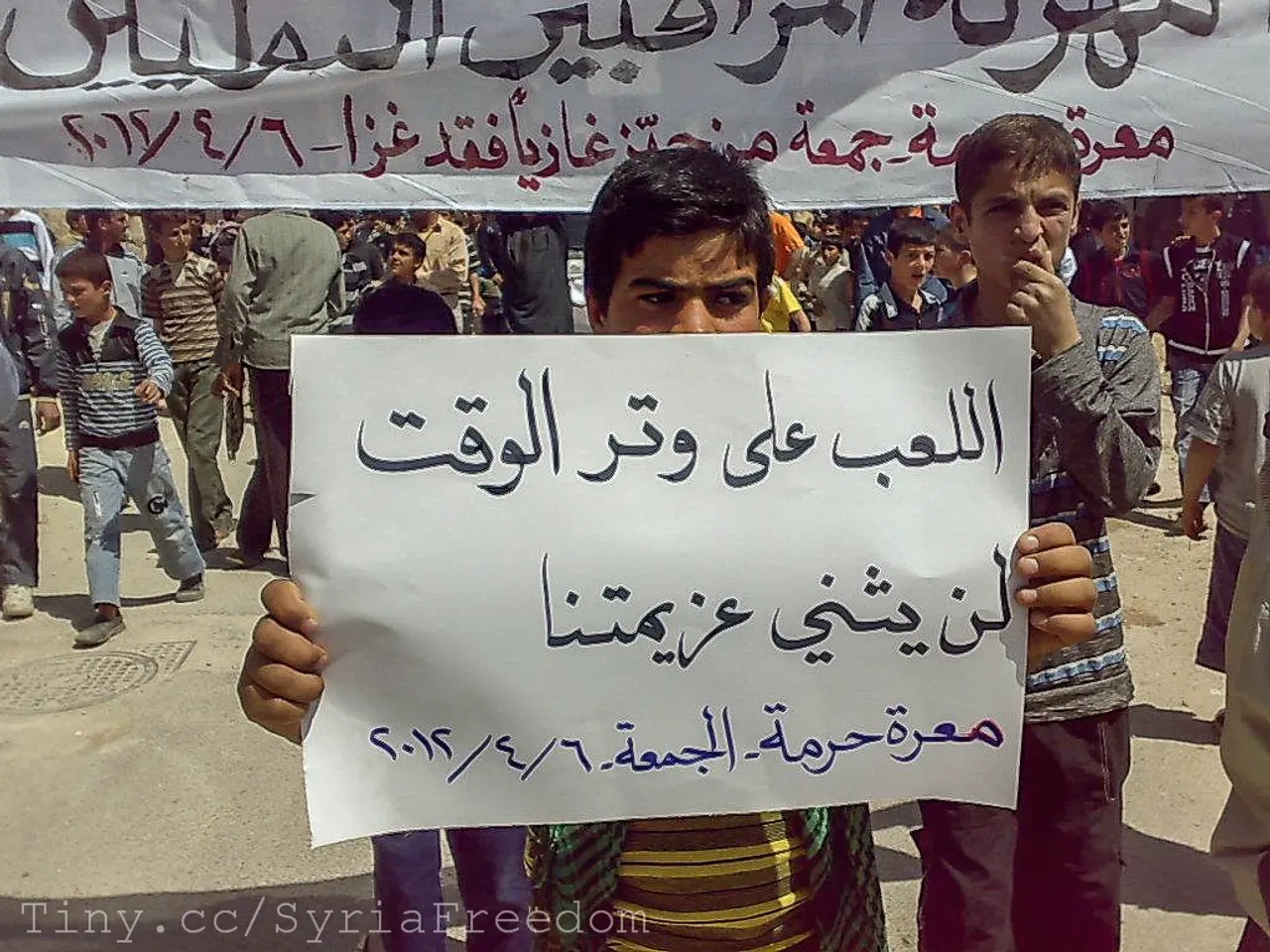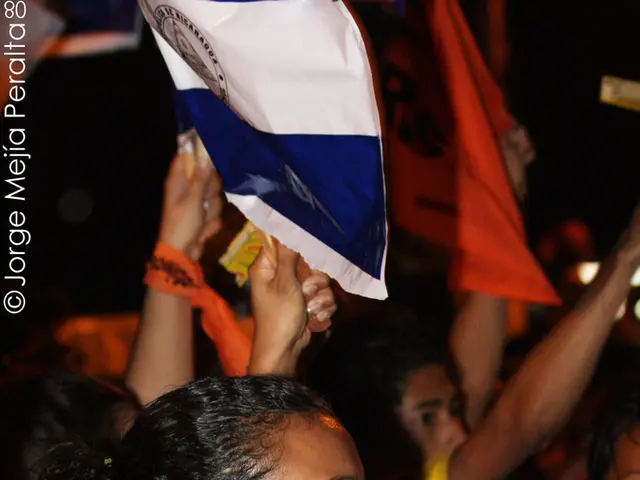Riots intensify in Nepal as students set fire to the Home Minister's house, urging the Prime Minister, Oli, to step down.
In the heart of Nepal, protests have been escalating over the past few days, with young demonstrators leading the charge against the government. The unrest began in response to a recently lifted social media ban and has resulted in at least 19 deaths and over 300 injuries.
The demonstrations have been taking place in various regions, including Chapagaun-Thecho in Lalitpur district, Kalanki and Baneshwor in Kathmandu, and even in Bhaktapur. The protests have become so intense that curfews have been imposed in these districts from early morning to late evening.
The violence has not spared political leaders either. The homes of former Prime Ministers Pushpa Kamal Dahal and Sher Bahadur Deuba, as well as the residence of current Home Affairs Minister Ramesh Lekhak, have been vandalized and set on fire. Lekhak, who had his residence torched, resigned from his role on Monday.
The Nepal Army has been deployed in the capital to quell the escalating violence. However, the protests continue to intensify, despite the security deployments and curfews.
The calls for the resignation of Nepal's Prime Minister K P Sharma Oli have been mounting, mainly from protesters demanding accountability over government corruption and opposition to the social media ban, which triggered the violent demonstrations. The protesters themselves, including youth and various political factions, have been key in demanding his resignation.
Nepali Congress General Secretary Gagan Thapa has urged Prime Minister Oli to take moral responsibility for the deaths during the protests and to resign. Despite these calls, Oli has remained silent.
In a bid to pacify the protesters, the Nepal government has lifted the ban on social media platforms following widespread protests. However, this seems to have done little to quell the unrest. Nationwide protests continue, with no signs of abating.
Communication Minister Prithvi Subba Gurung announced the withdrawal of the social media ban, but his home was also targeted with stone-throwing. In Kathmandu, the curfew is in effect from 8:30 am till further notice.
In Lalitpur, the curfew is in effect from 9 a.m. to midnight in areas such as Bhaisepati, Sanepa, and Chyasal. In Bhaktapur, Madhyapur Thimi, Suryabinayak, Changunarayan, and Bhaktapur municipalities are under restrictions.
The protesters can be heard shouting slogans such as "Don't kill students" and "Resign, Oli!" as they continue their fight for accountability and transparency from the government. The future remains uncertain, but one thing is clear: the people of Nepal are demanding change.








